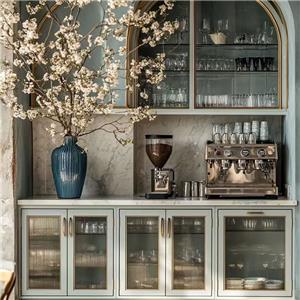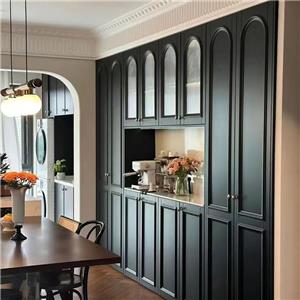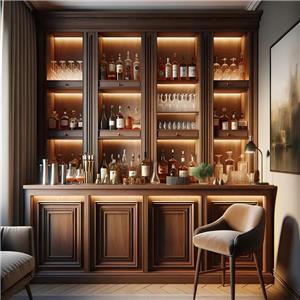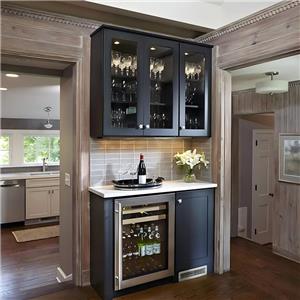What is the most popular kitchen cabinet wood?
In modern kitchen design, the material selection of kitchen cabinets plays a vital role in the overall decoration effect and durability. As one of the main materials of kitchen cabinets, wood is widely used in various kitchen designs due to its natural texture and excellent processing performance. So, which wood is the most popular in kitchen cabinet making?
This article will explore several of the most popular kitchen cabinet woods in depth, analyze their characteristics, advantages and disadvantages, and applicable scenarios, to help consumers make wise decisions when choosing kitchen cabinet wood.
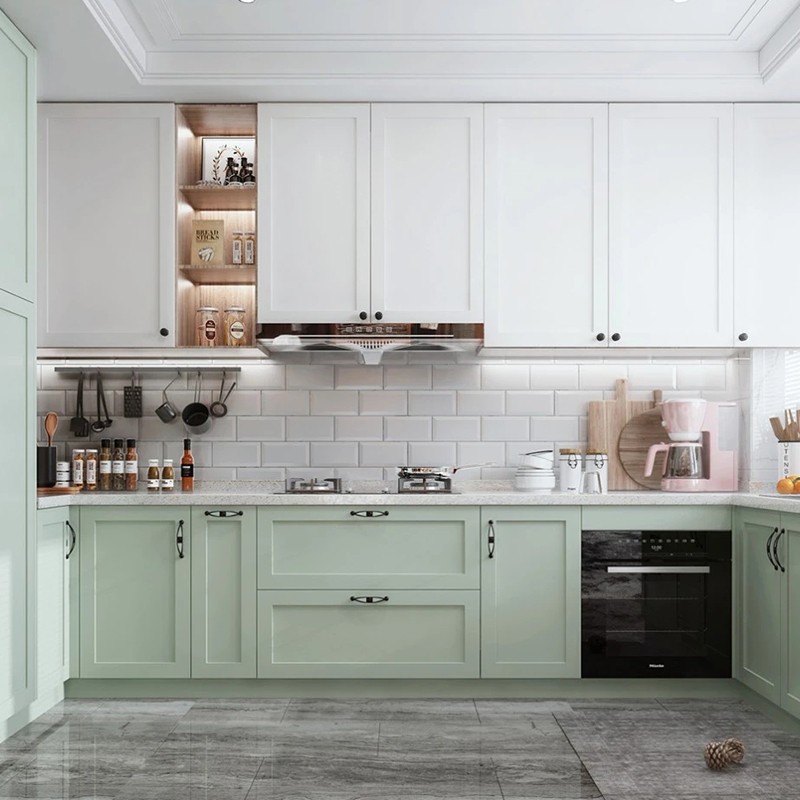
Oak: A combination of classic and durable
Oak has always been a classic choice in kitchen cabinet making. It is widely favored for its hard texture and beautiful texture. Oak is divided into red oak and white oak. Although the two are different in color and texture, they both have the advantages of durability and beauty.
Advantages of Oak
● Strong durability: Oak is a very hard wood that can withstand the wear and tear of daily use and is not easy to deform or crack.
● Beautiful texture: Oak has a natural texture and color, which can add a natural and traditional beauty to the kitchen.
● Easy to process: Oak is easy to process in various ways, such as carving and painting, making it an ideal material for making intricate and detailed kitchen cabinets.
Oak Disadvantages
● Higher price: Due to the durability and difficulty of processing oak, its price is usually higher.
● Easy to discolor: Oak may discolor under sunlight and requires regular maintenance to maintain its original color.
Cherry: A symbol of high-end and elegance
Cherry has become another popular choice in kitchen cabinet making with its elegant appearance and high-end texture. Cherry wood is usually reddish-brown in color, and the color will gradually darken over time, giving the kitchen cabinet a unique classical beauty.
Cherry Advantages
● Elegant color: Cherry wood has a natural reddish-brown color, which can bring a high-end and elegant feel to the kitchen.
● Good durability: Cherry wood is hard and can withstand a certain degree of daily use and maintain a good appearance.
● Superior processing performance: Cherry wood is easy to process and can produce detailed carvings and complex designs.
Cherry Disadvantages
● Expensive: Cherry wood is a relatively high-end wood and is also expensive.
● Color change: Cherry wood will change color over time and requires regular maintenance to maintain its beauty.
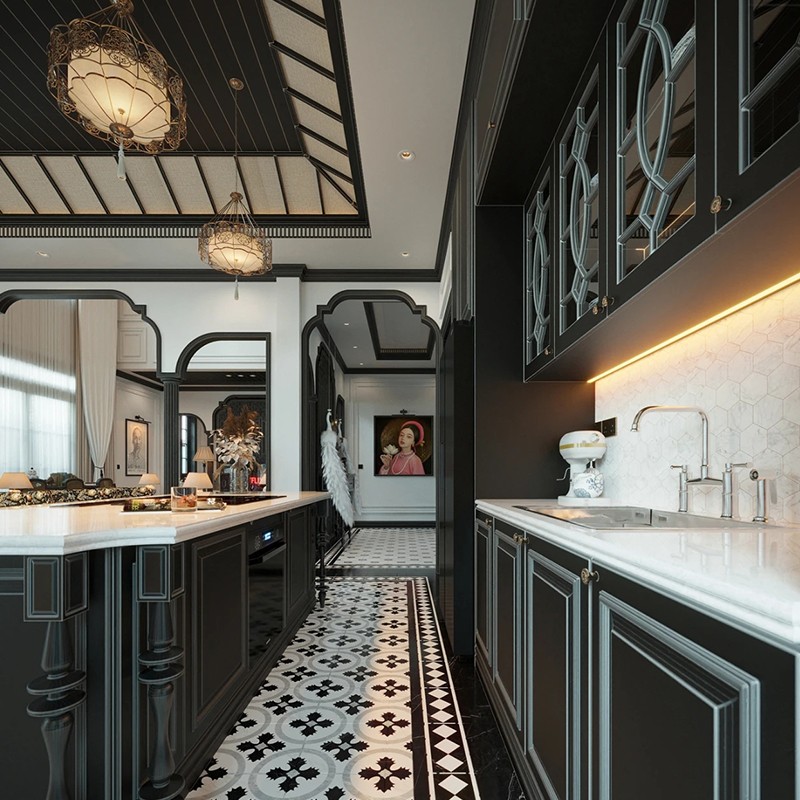
Walnut: The perfect blend of modern and traditional
Walnut is loved by kitchen cabinet designers and consumers for its deep color and unique texture. Walnut's color ranges from light brown to dark brown, which can add a modern and traditional aesthetic to the kitchen.
Advantages of Walnut
● Dark tones: Walnut has a deep color that can bring a sense of luxury and stability to the kitchen.
● Unique texture: Walnut's texture is very unique, and each piece of wood has its own unique grain pattern.
● Strong durability: Walnut is hard and can withstand the test of daily use.
Disadvantages of Walnut
● Higher cost: Walnut is usually more expensive and is suitable for consumers with a more generous budget.
● Darker color: For some users who like bright colors, the dark color of walnut may not meet personal aesthetics.
Maple: A Practical Choice for Modern Design
Maple has carved out a niche in kitchen cabinetry with its uniform texture and durability. Maple is usually lighter in color and can easily match a variety of kitchen styles, making it a practical choice for modern kitchen design.
Advantages of Maple
● Uniform texture: Maple has a uniform texture and color, providing a clean, modern look.
● Good durability: Maple is hard and not easily scratched or worn.
● Easy to stain and paint: Maple can accept staining and painting well, suitable for a variety of design needs.
Disadvantages of Maple
● Monochromatic color: Maple has a relatively monochromatic color and may not be suitable for users who like dark or complex textures.
● Moderate price: Although maple is relatively affordable, it may also be more expensive than some lower-grade woods.
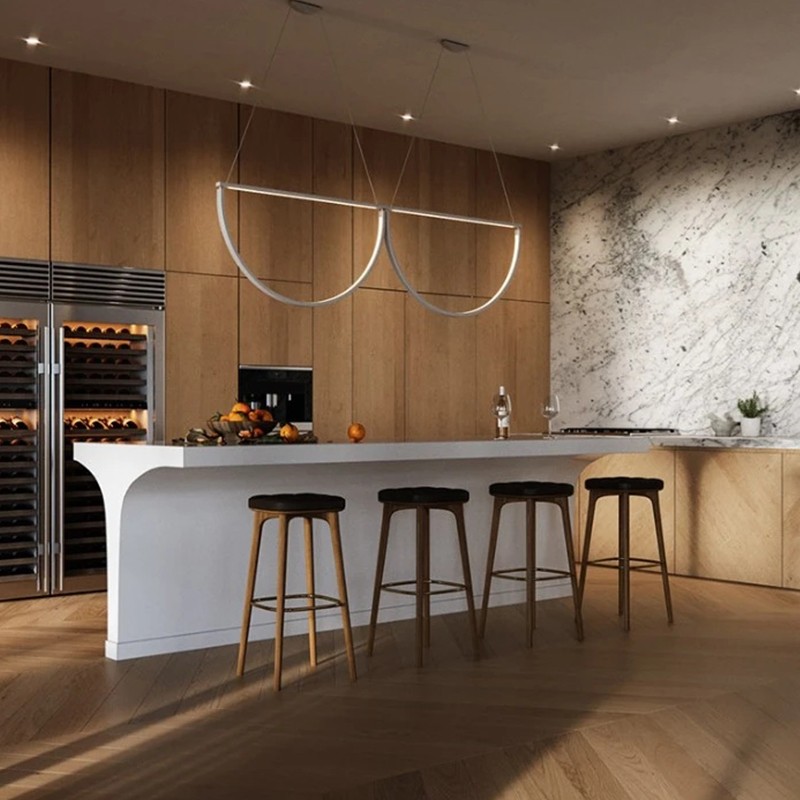
Nutcracker wood: An economical and practical choice
Alder is an economical and practical wood choice that is often used to make mid-range kitchen cabinets. It has good processing properties and an acceptable price, suitable for consumers with limited budgets.
Nutcracker Wood Advantages
● Affordable: Nutcracker wood is generally more affordable and suitable for consumers with limited budgets.
● Easy to process: Nutcracker wood processes well and is easy to design and treat.
● Uniform color: Nutcracker wood has a more uniform color and can provide a simple and clean appearance.
Nutcracker Wood Disadvantages
● Low durability: Compared with some high-end woods, nutcracker wood is less durable and is more susceptible to scratches or damage.
● Color change: Nutcracker wood may change color over long-term use and requires regular maintenance.
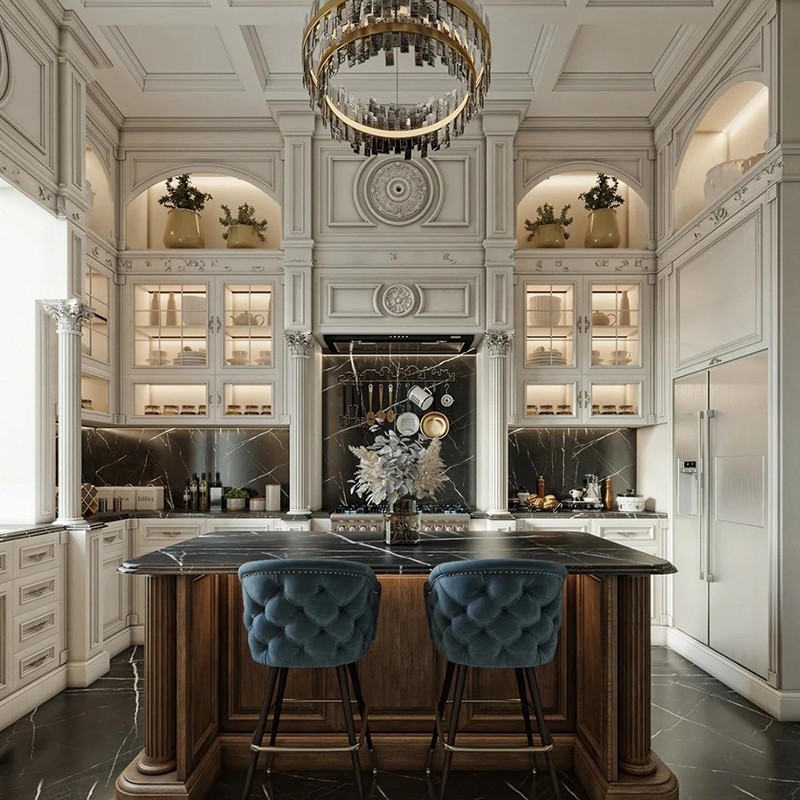
How to choose the right wood?
When choosing kitchen cabinet wood, in addition to considering the aesthetics of the wood, you also need to consider the following factors:
Budget
Choosing wood according to budget is an important consideration. High-end woods such as cherry and walnut are beautiful but expensive; while economical and practical woods such as nutcracker wood are more suitable for consumers with limited budgets.
Kitchen style
The color and texture of different woods are suitable for different kitchen styles. For example, dark walnut is suitable for traditional kitchens, while light maple is more suitable for modern kitchens.
Durability
Choose a wood with better durability according to the frequency and condition of use of the kitchen. If the kitchen is frequently used, you can choose durable woods such as oak and walnut; if it is used less frequently, economical and practical woods can also meet the needs.
Maintenance requirements
Different woods have different maintenance requirements. High-grade woods such as cherry and walnut require regular maintenance to maintain their beauty, while some economical and practical woods have relatively low maintenance requirements.

